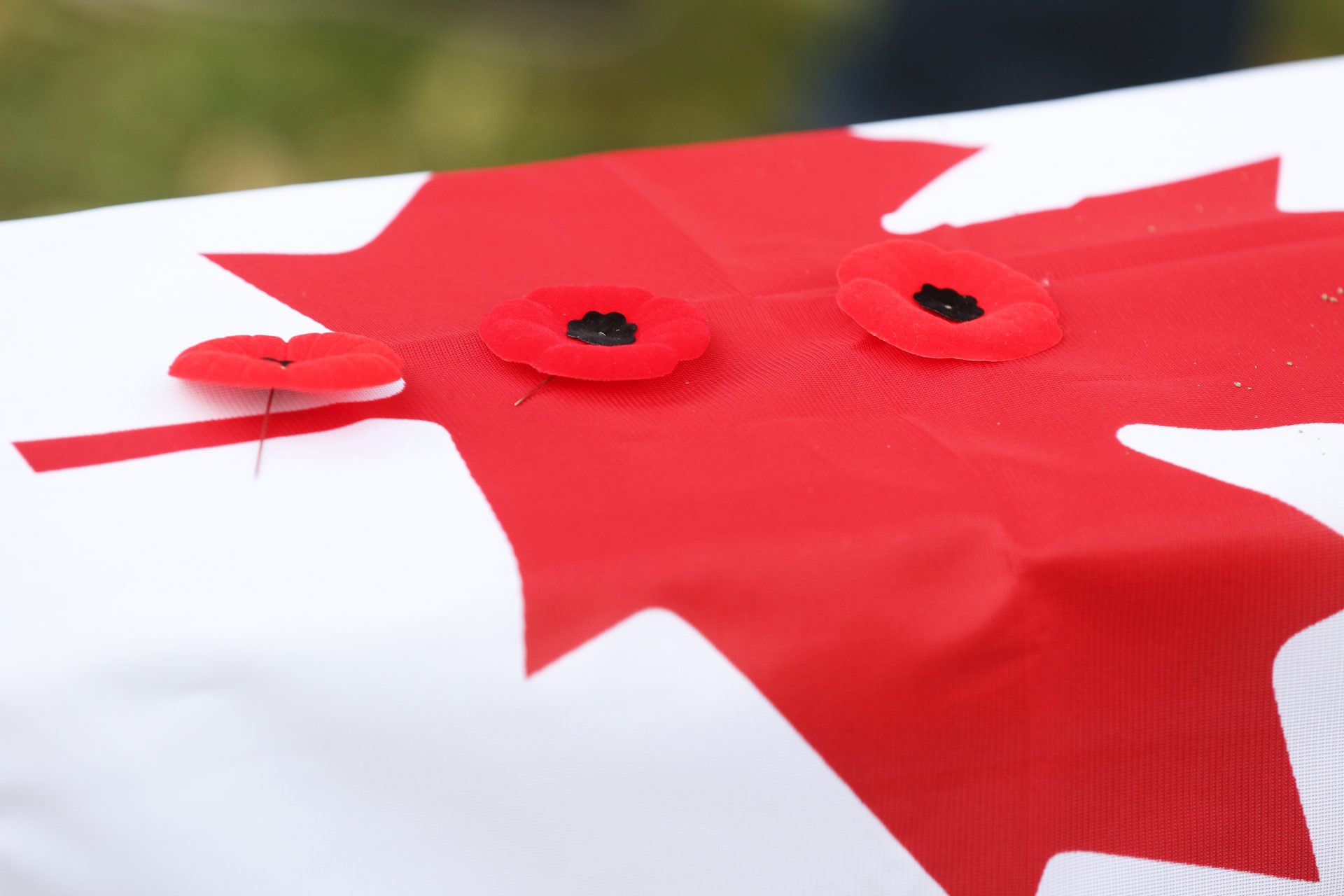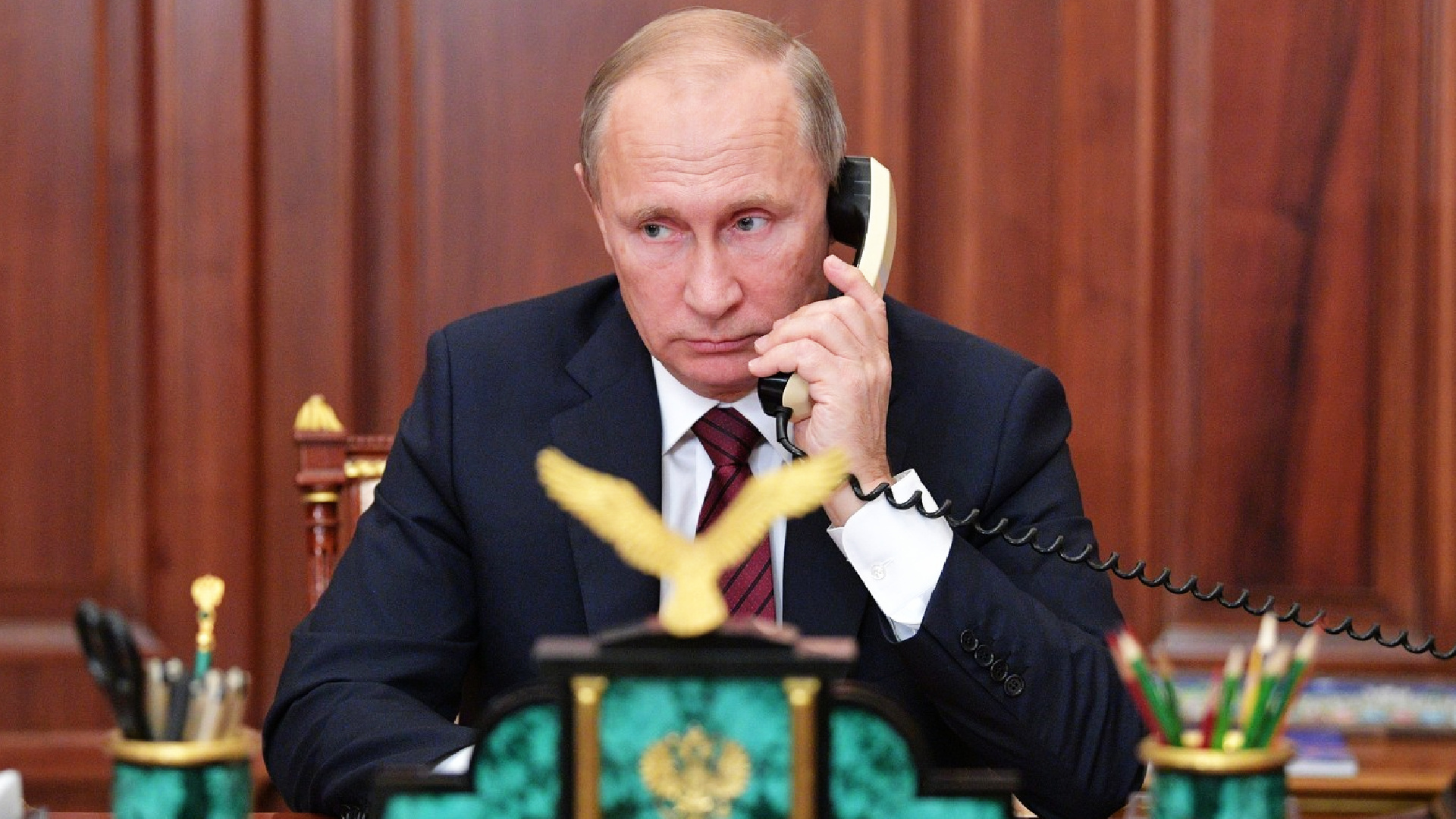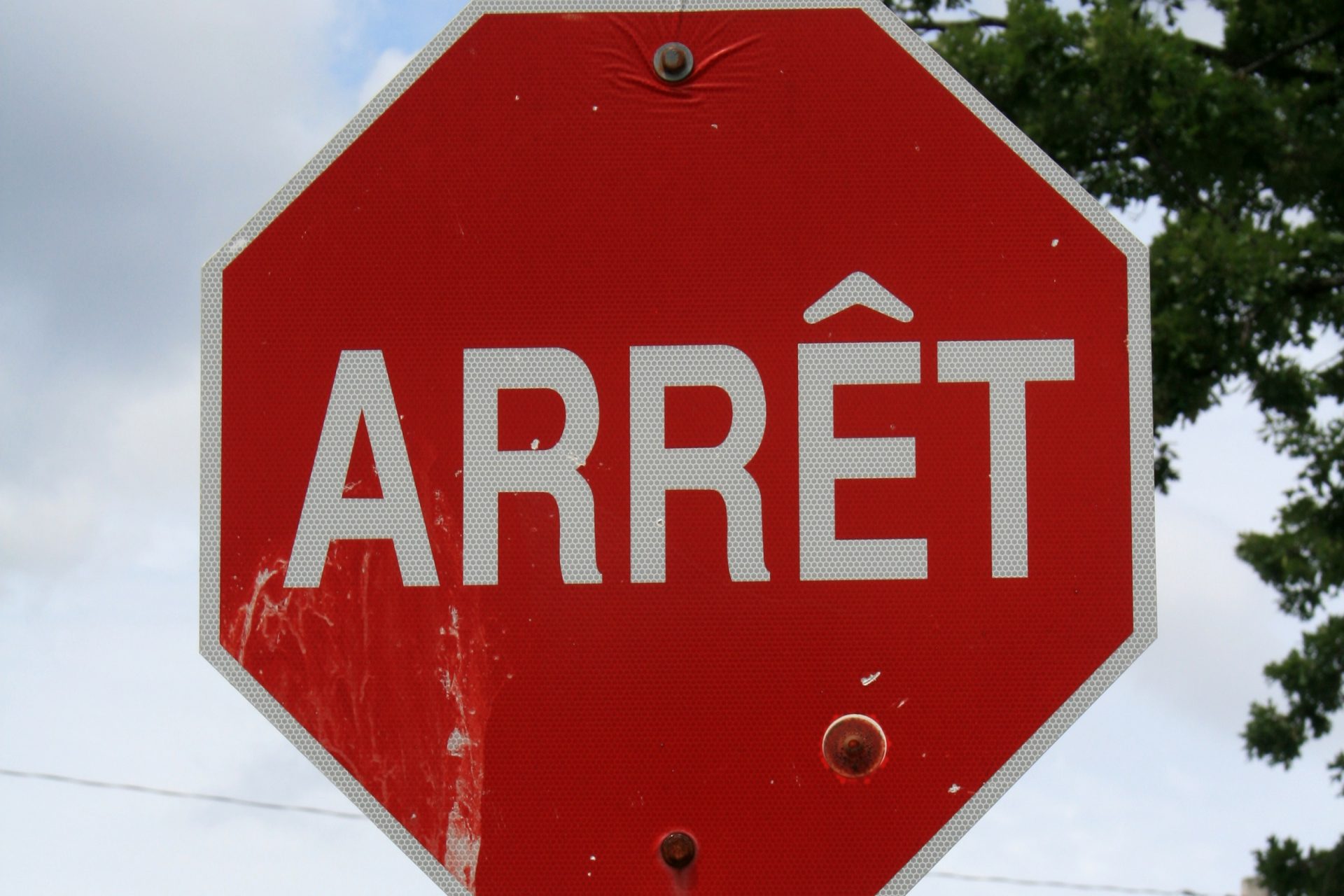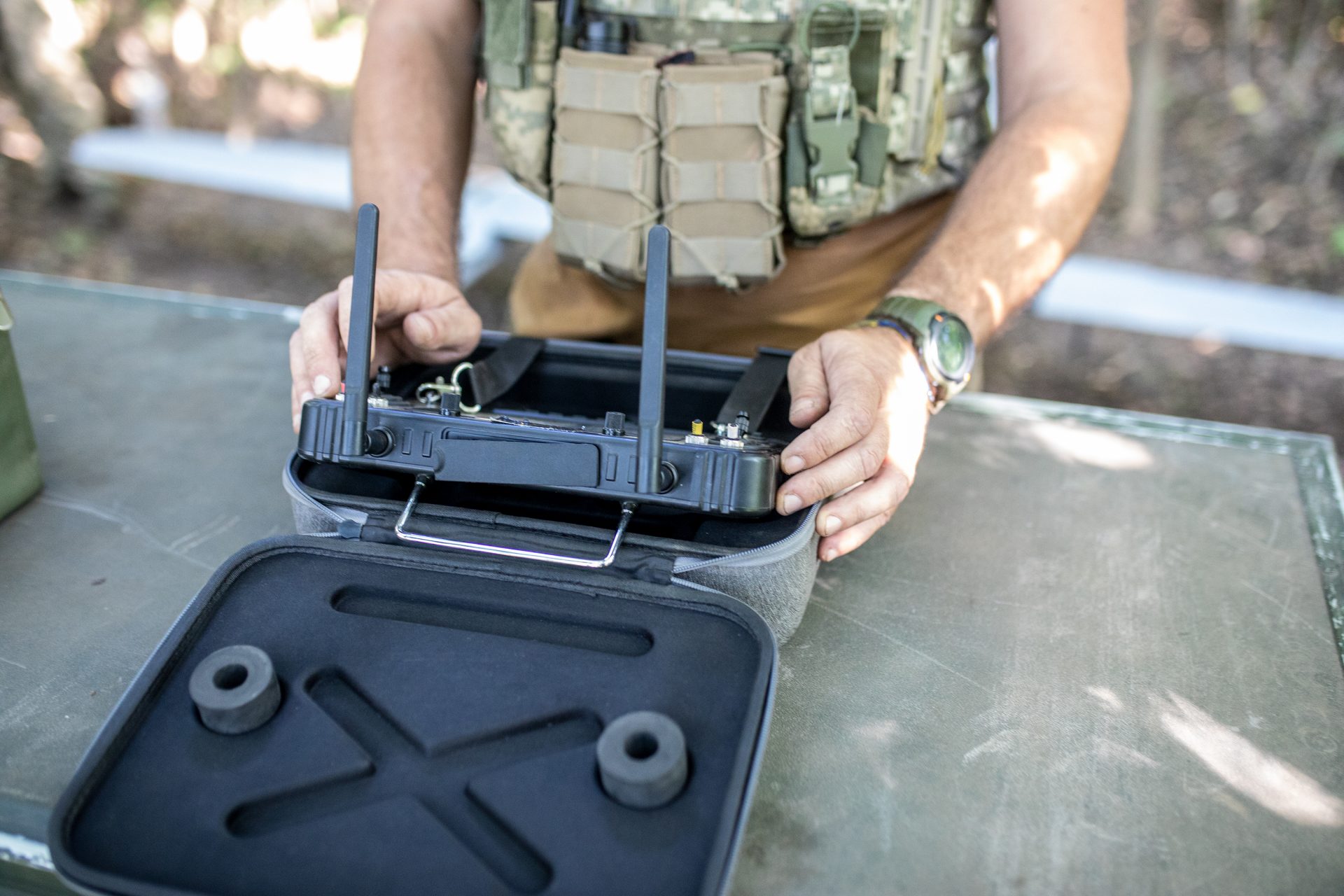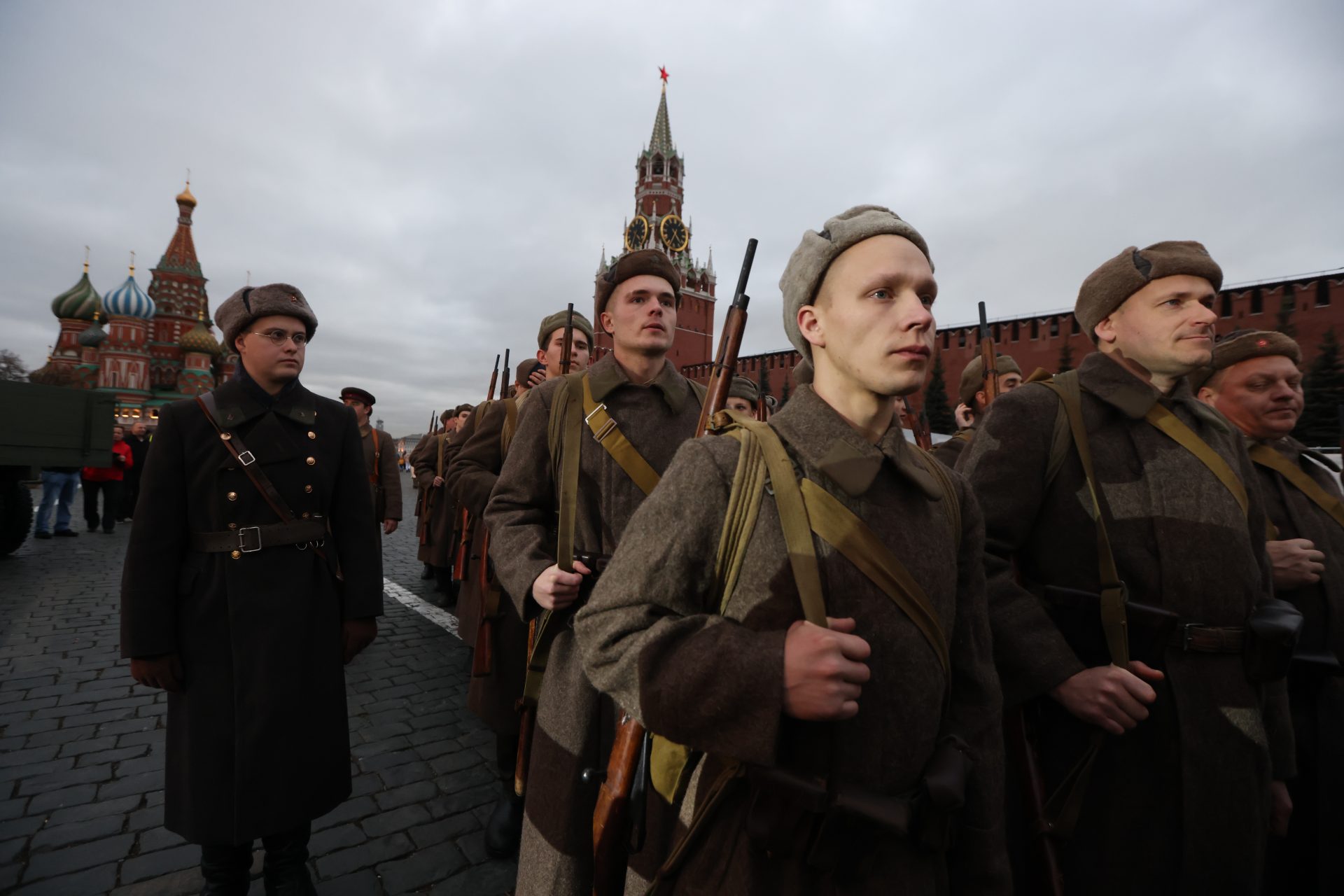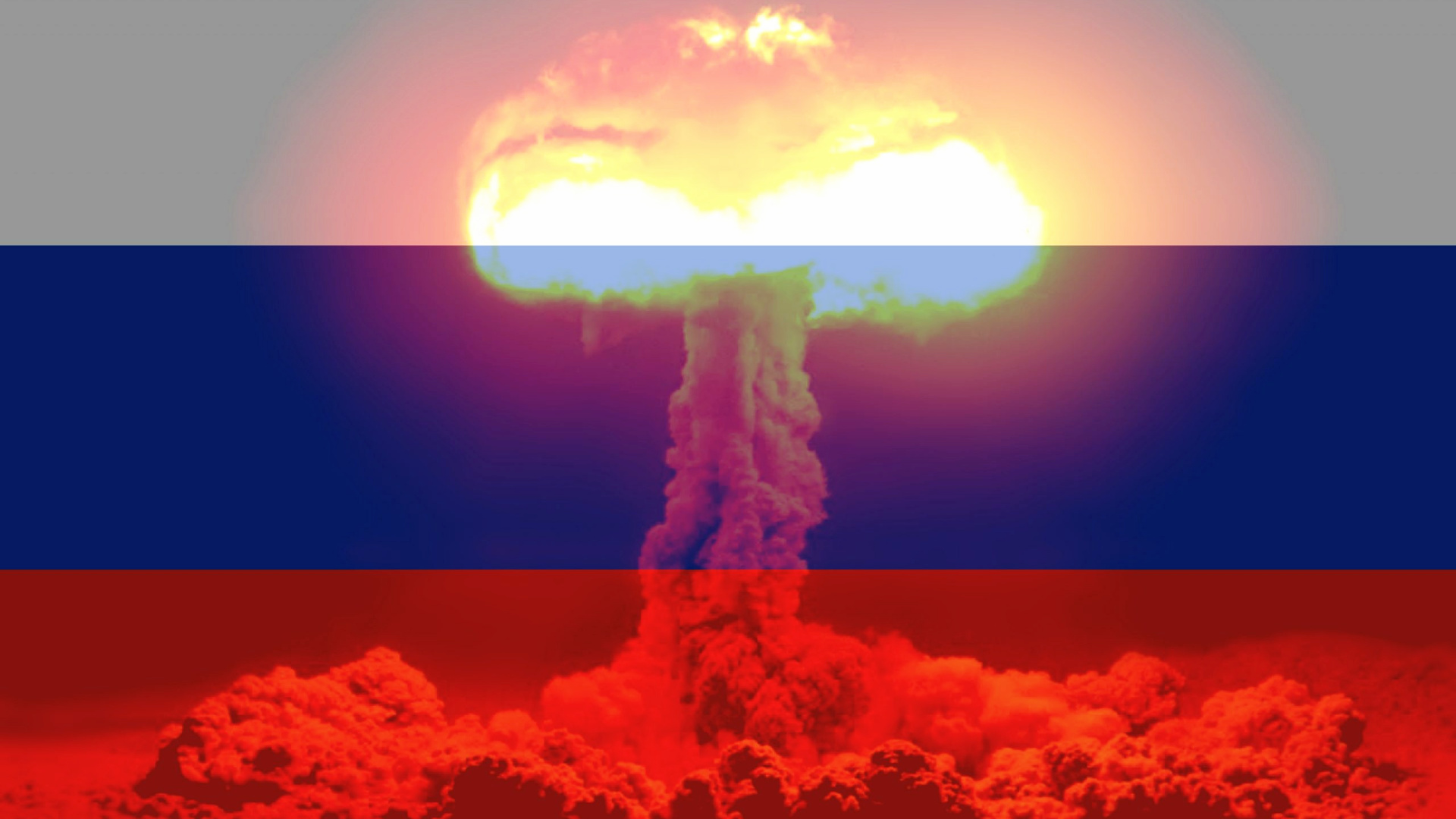The Poppy and Remembrance Day: an important symbol in Canada since 1921
As November 11th draws near, Canada is once again adorned with poppies. Annually, these symbols of remembrance are proudly worn by Canadians on their coats as a tribute to the brave individuals who fought for the nation's freedom.
Remembrance Day, celebrated on November 11th, is quickly approaching, but just how much do you know about this symbolic flower?
For example, did you know that Canadians have been using the poppy as a symbol of remembrance for 102 years?
According to Canadian history books, the poppy first came into use as symbol of remembrance in July 1921, at the end of the First World War.
The idea quickly caught on and the poppy is still in use today by Canadians. It is used to honour the millions of Canadians who have served and continue to serve in the Canadian armed forces both in times of war and in times of peace.
If you are Canadian, you've seen this flower each year your whole life. However, most Canadians don't know a whole lot about it. Don't worry, in this gallery, you will learn all about the mighty poppy!
John McCrae's 'In Flanders Fields' is the poem that made the poppy synonymous with Remembrance Day in Canada. John McCrae (pictured), originally from Guelph, Ontario, was a medical officer in the First World War.
After a fellow soldier died in May of 1915, McCrae wrote his famous poem. Nearly all Canadians can recite a line or two from 'In Flanders Fields' as the poem is still taught in Canadian schools to this day.
Anna Guérin, also known as 'The French Poppy Lady,' convinced the Great War Veterans Association of the time to use the poppy to remember soldiers who died. Pictured: Madame Anna Guérin appeared as a praying Jeanne d'Arc, during her Alliance française lectures about the Maid of Orleans.
Photo: By Heatherannej - Own work, CC BY-SA 4.0
Guérin made poppies by hand out of fabric scraps and sold them to raise money for veterans in need. On July 6th, 1921, Canada adopted Anna Guérin's idea. The first poppies worn by Canadians probably looked similar to this British remembrance poppy from 1921.
While Anna Guerin may take credit for using the poppy to remember veterans, the poppy has been a symbol of death and sleep for a very long time.
In Greek and Roman mythology, poppies represented "eternal sleep" and were, therefore, placed on tombstones. In Ancient Egypt, Osiris, the god of the dead, was also represented by the poppy.
John McCrae saw so many poppies growing because of the wreckage left behind following the battles. McCrae wrote, "In Flanders Fields, the poppies blow. Between the crosses row on row..."
Experts claim that the poppies flourished due to the lime found in the artillery debris, which acted as a fertilizer for the flowers. Poppies are a common flower throughout Europe but grow particularly well in France and Belgium.
According to CTV News Canada, roughly $17 million is raised through the Royal Canadian Legion's annual poppy campaign.
All the money raised through the sale of Remembrance Day poppies directly supports Canadian veterans and their families.
In 2021 in honour of the 100th anniversary of the poppy as a remembrance symbol, the Royal Canadian Legion released a special poppy pin. National Executive Director of the Royal Canadian Legion, Steven Clark, told CTV News, “We have developed a replica poppy. Very similar to what (Guérin) had designed, and very different from what you think of as the lapel poppy of today. We are making that poppy available this year, as a special commemorative item.”
Photo: Poppystore.ca
More for you
Top Stories



